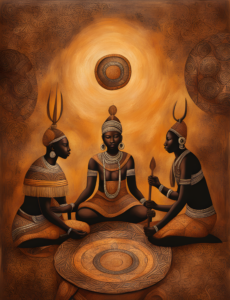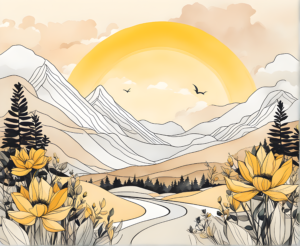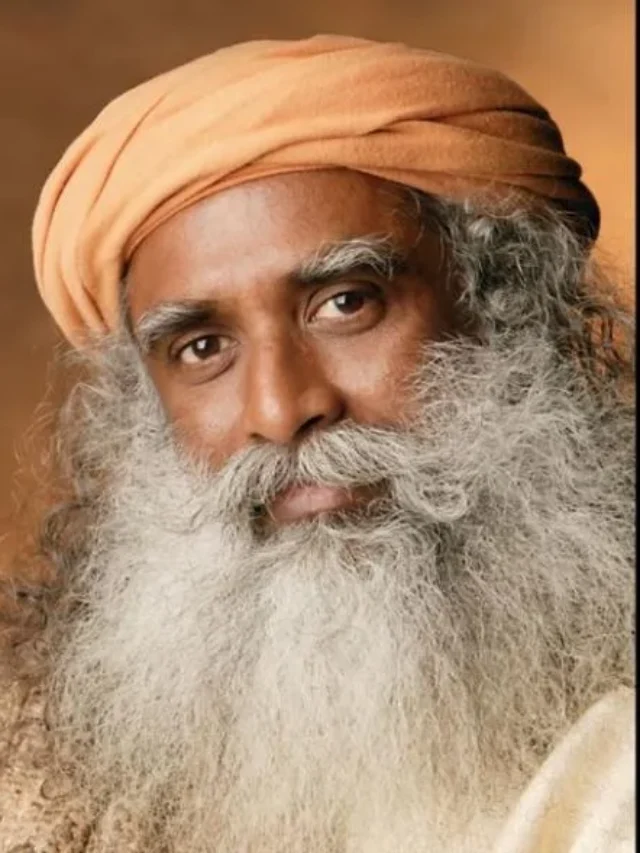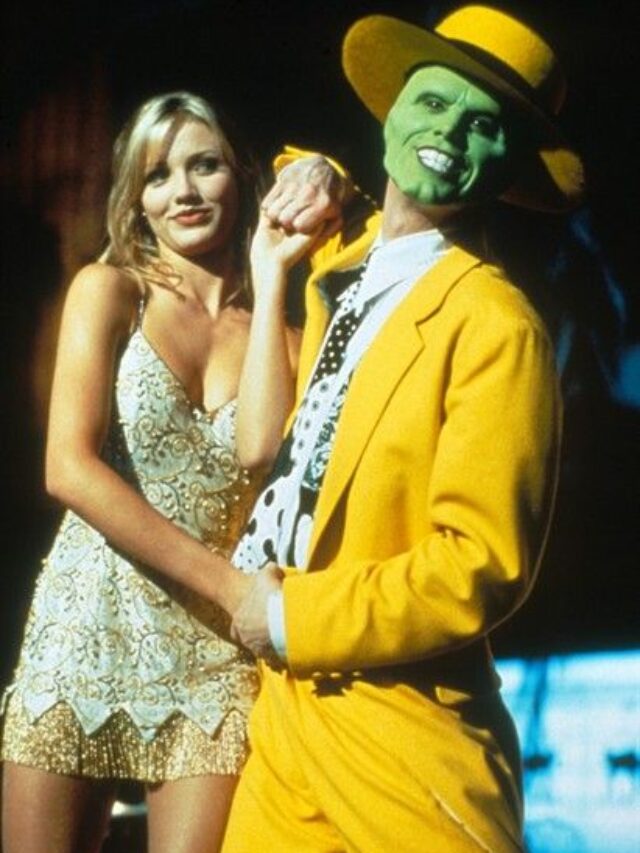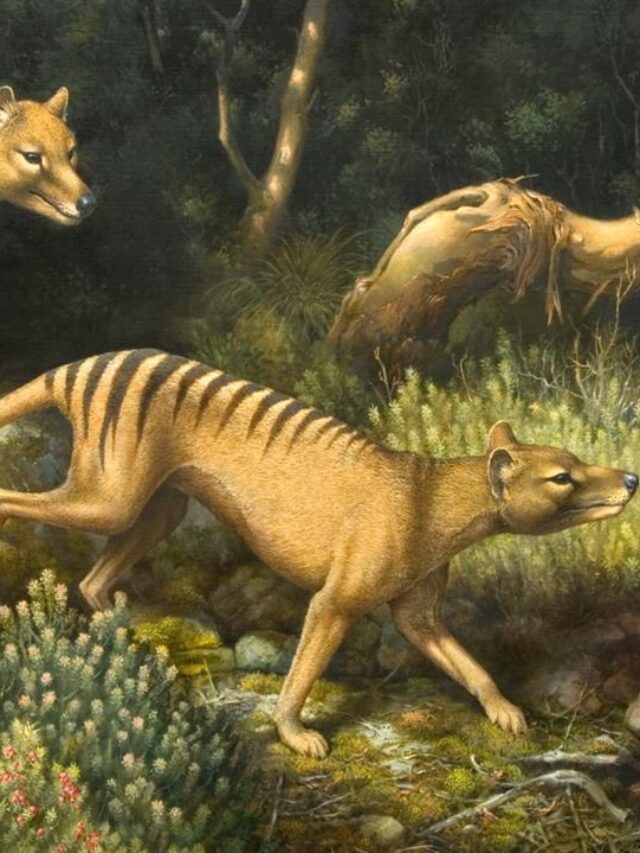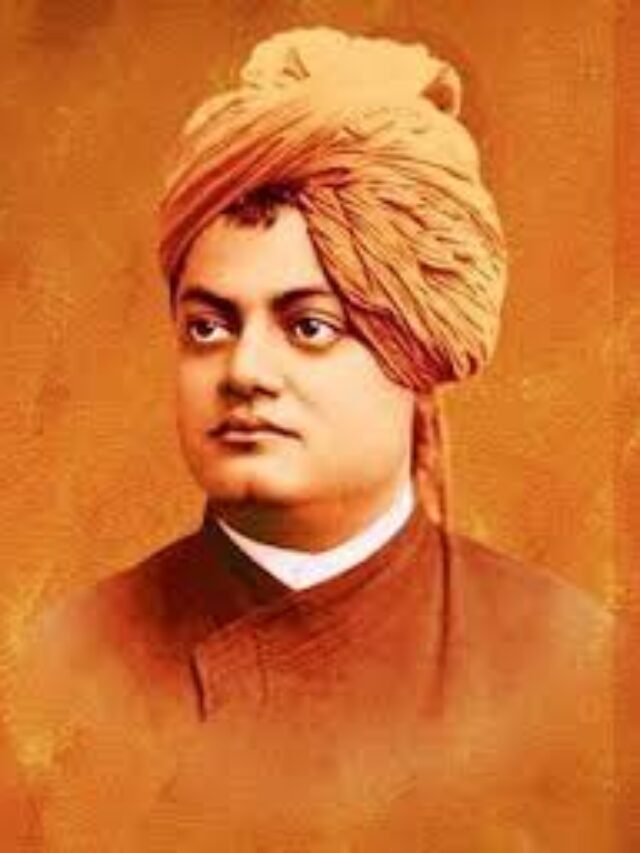Jahangir Sabavala | Biography | Life | Artworks
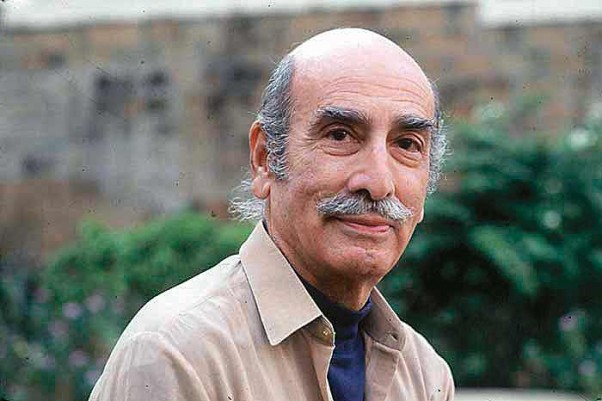 |
| Jahangir Sabavala |
Jahangir Sabavala reveals himself as a sensitive visual technician who can effortlessly formulate images in all their complexity, from familiar forms in nature to those of fantasy. His recent paintings represent his versatility in structuring visual forms.
Using an effective graphic language to produce transformations and combinations of landscaped physiognomy in line, plane or twisted three-dimensional forms- such as of vaporous clouds or fumes from the volcano-he creates highly organized patterns for the overall image.
And by adding vibrating textures created by the rhythmic manipulation of his brush, he freely changes the orientation to express internal gradations of color and illuminations.
Sabavala creates controlled imagery that leads to new ways of imagining and perceiving while exploring geomatics of forms.
The paintings are executed in a meticulously precise technique resulting in sophisticated forms structures by means of concise visual language.
He takes a step forward from the mind’s eye’s modeling and the realistic approach to the realm of fantasy. The familiar forms of nature assumed and added dimensions of fantasy through abstraction and changes in light and color.
Using nature’s forms-mountains, hills, lakes, frozen river, boat, flying birds, and the lone pilgrim- he creates alluring scenes and the unexpected environment as depictive as a sweet song.
Sabavala inherits his formalistic vocabulary from cubism and the renaissance, from the decadents and the expressionists. He has inherited a repertoire of perspective to which he has brought his own procurations and requirements.
By combining familiar shapes and forms with vivid coloring, he draws the viewer into an exciting new world that he creates on his canvas, skillfully and conveniently.
The presence of human beings, in some of his works, seems to be imaginary. They seem quite strange in the otherwise dreamlike environment.
His paintings reveal the extent and depth of his artistic achievements and clarify his identity as a contemporary painter.
Although they afford the viewer relief from the stress of everyday life when he enters into the world of fantasy on the canvas.



